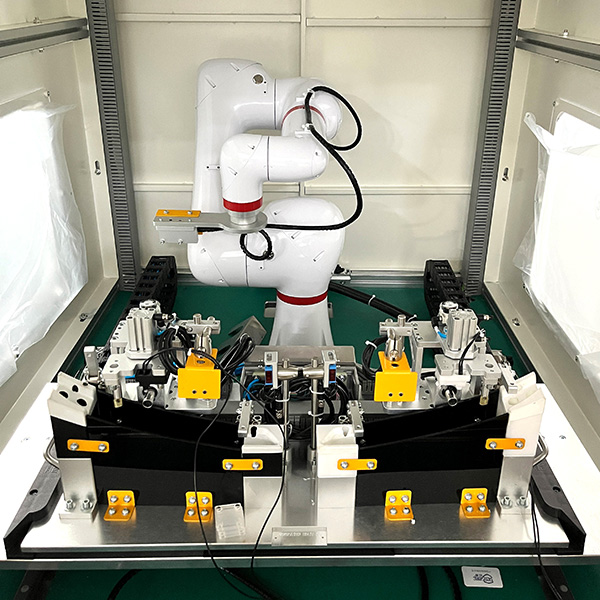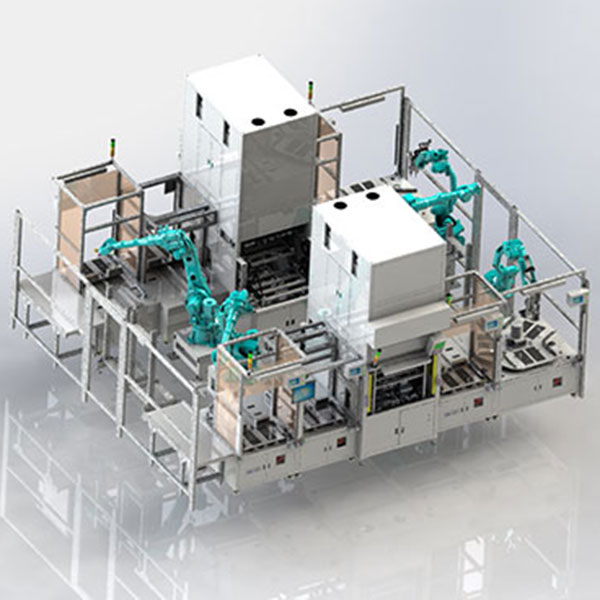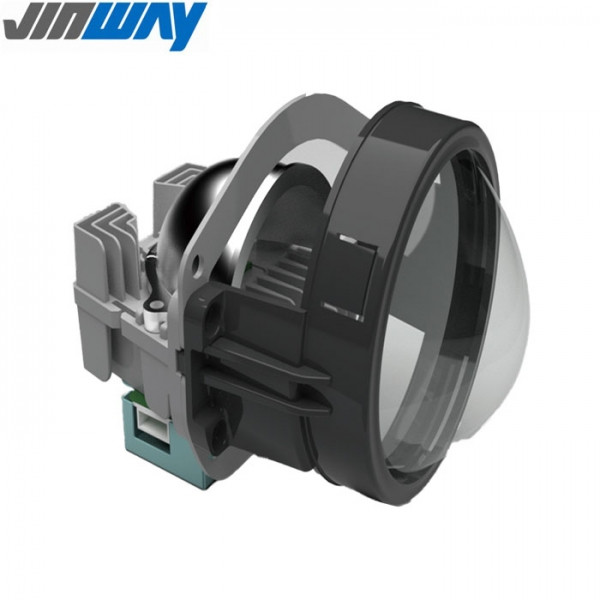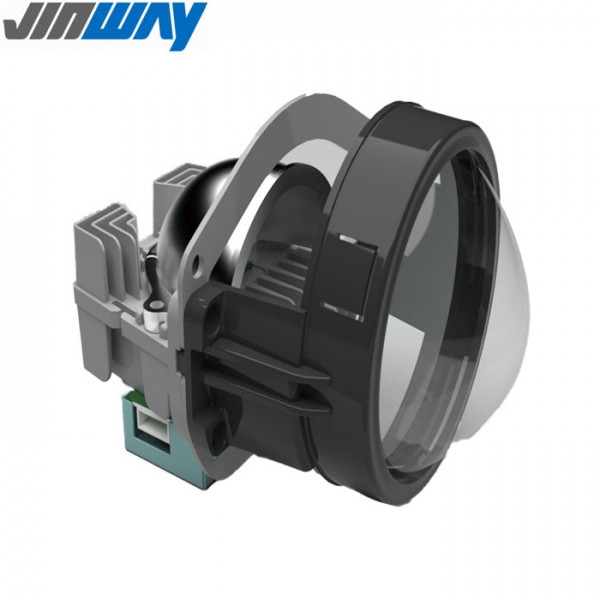Ensuring Next-Generation Safety Through Photometric Testing of Autonomous Vehicle Vision Systems
As the automotive industry advances toward full autonomy, safety remains the most critical benchmark. Autonomous vehicles rely heavily on sophisticated vision systems that must accurately perceive their surroundings under all lighting conditions. Ensuring these systems perform flawlessly requires rigorous testing—and photometric testing plays a pivotal role in this process. By analyzing how light interacts with sensors, lenses, and illumination sources, manufacturers can guarantee that every autonomous vehicle meets the demanding safety standards of the next generation.
Vision systems are the “eyes” of self-driving vehicles. They integrate multiple technologies, including cameras, LiDAR, radar, and infrared sensors, to interpret complex driving environments. These systems detect objects, recognize road signs, and analyze lane markings—all in real time. However, their accuracy is deeply dependent on lighting conditions and optical calibration. Glare, low light, or inconsistent illumination can compromise system performance. This is where photometric testing ensures consistency and reliability by validating how sensors respond to light across different environments. Photometric testing involves the measurement of light intensity, color, distribution, and uniformity. It is designed to assess how lighting and vision systems behave under varied conditions, such as day and night cycles, fog, or artificial light interference. In the context of autonomous vehicles, these tests ensure that headlights, signal lamps, and vision sensors operate within defined safety parameters. Every test must comply with international standards such as ECE, SAE, or DOT to ensure global interoperability and safety compliance.
One of the most crucial steps in developing reliable autonomous vehicles is the alignment of optical components. A slight misalignment in a camera lens or an illumination module can lead to significant detection errors. Photometric test systems allow engineers to precisely calibrate optical alignment, verifying that emitted and reflected light is measured accurately. These calibrations ensure that visual perception systems can correctly interpret distances, object shapes, and environmental lighting cues, forming the foundation of safe autonomous operation. Autonomous vehicles must perform under every possible lighting condition—from bright sunlight to dimly lit tunnels or rain-soaked streets reflecting headlamp beams. Photometric testing chambers replicate these diverse scenarios to evaluate sensor and lighting performance in controlled environments. By reproducing variable light intensities, color temperatures, and reflection patterns, engineers can identify potential weaknesses before vehicles ever reach the road. This level of pre-validation ensures consistency and safety across different markets and climates.
Modern vision systems rely on artificial intelligence to process massive volumes of optical data. However, the accuracy of AI algorithms depends on the quality of the input data captured by sensors. Photometric testing ensures that this data is free from distortions caused by lighting inconsistencies or sensor noise. By verifying that the light entering each sensor accurately represents real-world conditions, photometric validation strengthens the foundation for machine learning models, leading to smarter and safer autonomous decision-making. The development of autonomous vehicles demands adherence to stringent safety and regulatory standards. Photometric testing is central to achieving compliance with global requirements, including ECE R112, SAE J1383, and FMVSS 108, which govern lighting performance and visibility. Beyond simple compliance, manufacturers aim to exceed these standards to build public trust in autonomous technologies. Accurate, consistent photometric validation ensures vehicles can safely interact with both human-driven cars and pedestrians, underlining the industry’s commitment to next-generation safety.
Automation within photometric testing itself further enhances reliability. Advanced test systems equipped with robotic positioning, AI-based defect detection, and automated calibration routines minimize human intervention. This reduces variability between tests and ensures uniformity in measurement results. Automated optical systems can run thousands of test cycles, collecting comprehensive datasets that enable manufacturers to fine-tune vision system performance with unmatched precision. The latest evolution in photometric testing involves integration with digital twin technology—virtual models of real-world systems. These digital environments simulate how light interacts with sensors in dynamic driving conditions, such as oncoming headlights or rapidly changing weather. By feeding photometric data into digital twins, engineers can validate system responses virtually before physical prototypes are built. This approach shortens development cycles, reduces costs, and increases testing accuracy.
Even after vehicles are deployed, photometric testing remains essential through predictive maintenance. Cloud-connected test platforms can continuously monitor the performance of sensors and lighting components, flagging degradation or calibration drift before failures occur. Manufacturers can remotely assess optical health, ensuring long-term safety and performance. This proactive approach not only enhances reliability but also supports regulatory audits and fleet management efficiency. As vehicles become more intelligent and autonomous, photometric testing will continue to evolve. The next generation of testing platforms will combine optical measurement, AI analytics, and real-time simulation to create a fully adaptive validation process. Systems will self-adjust for sensor wear, environmental variation, and new material properties, ensuring perpetual compliance and safety. Ultimately, photometric testing will remain a cornerstone of the autonomous revolution—bridging the gap between machine perception and human trust.
Ensuring next-generation safety in autonomous vehicles requires more than advanced sensors and AI—it demands precise control and understanding of light itself. Photometric testing ensures that every beam, reflection, and optical signal meets exacting safety standards. By validating performance under real-world conditions, automating measurement accuracy, and integrating cloud-based oversight, manufacturers can guarantee that autonomous vehicles see clearly, react precisely, and operate safely. As the world moves toward self-driving mobility, photometric testing stands as the silent guardian of trust, safety, and innovation.







